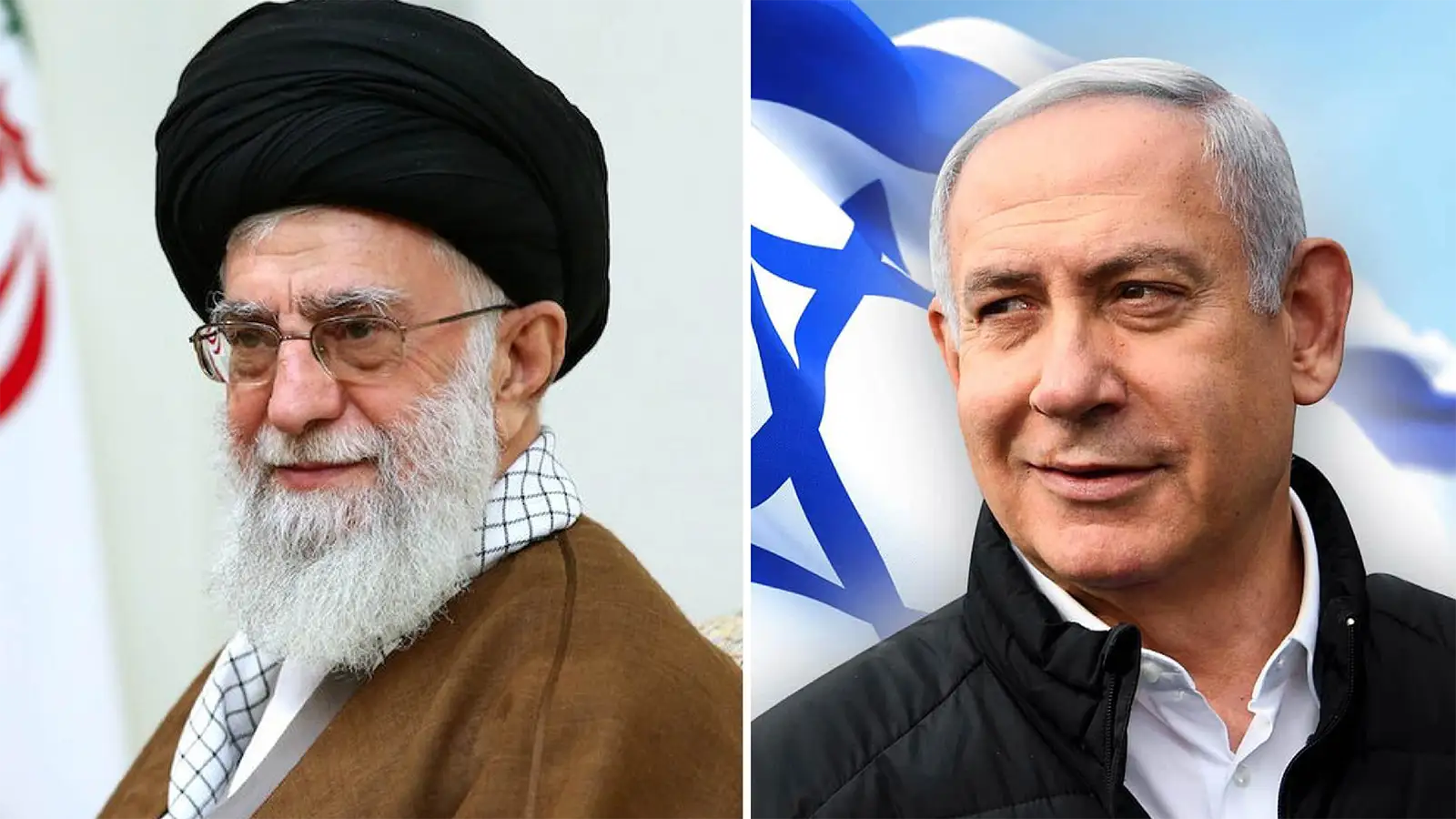The tension between Iran and Israel has reached one of its most critical points. Although this enmity goes back decades, the latest direct attacks and mutual threats have the whole world watching for what could become open war in the Middle East.
Where does this rivalry come from?
To understand what is happening today, it is important to take a look at the past. Iran and Israel were not always enemies. In fact, prior to 1979, the two countries had some cooperation, especially in intelligence and trade. In 1979, the Iranian revolution led by Ayatollah Ruhollah Khomeini transformed Iran into an Islamic Republic with a Shiite ideology that was anti-Western and opposed to the existence of the State of Israel. Since then, the Iranian leadership has called Israel an “illegitimate regime” and “oppressor of the Palestinian people”, positioning itself as one of the main supporters of groups that oppose the Israeli state, such as Hezbollah in Lebanon and Hamas in Gaza.
Ideological and regional dimension
The enmity between Iran and Israel is not only based on the Israeli-Palestinian conflict, but also on the struggle for regional influence. Iran seeks to expand its sphere of power through a network of Shiite allies and militias in Iraq, Syria, Lebanon and Yemen, which has been perceived by Israel (and several Sunni Arab countries) as a strategic threat.
Israel, for its part, has responded with direct military actions in Syria against Iranian or allied targets, justifying these operations as a preventive defense against threats to its national security.
The Iranian nuclear program
One of the most sensitive points in this relationship is Iran’s nuclear program. Israel fears that Iran will use its nuclear capability for military purposes, which would upset the regional balance of power. In 2015, Iran signed the Joint Comprehensive Plan of Action (JCPOA) with six world powers, which limited its nuclear program in exchange for sanctions relief. Israel sharply criticized the agreement, arguing that it was insufficient and allowed Iran to maintain nuclear capabilities in the long term.
In 2018, the United States withdrew from the deal under the Donald Trump administration, prompting Iran to resume certain nuclear activities. Since then, tensions have escalated, and mutual suspicions between Tehran and Jerusalem have led to cyberattacks, sabotage, and indirect attacks via third parties.
Recent escalation and the regional context
In recent years, the confrontation has taken on new dimensions. Israel has intensified its attacks on Iranian or allied facilities in Syria, and has been accused of acts of sabotage within Iran itself. In turn, Iran has increased its military support for armed anti-Israeli groups, and in April 2024 launched for the first time a direct missile and drone attack on Israeli territory, which was repelled with the help of allies such as the United States.
The conflict has also led to realignments in the region. Several Arab countries, such as the United Arab Emirates and Bahrain, have normalized relations with Israel (Abraham Accords), generating additional tensions with Iran, which sees these rapprochements as a threat to its influence.
What scenario opens up now?
After the latest attack, both countries closed their airspace, and the Israeli army was placed in a state of emergency. The international community is on alert, and although the United States said it had not participated in the Israeli offensive, it convened an urgent session of its National Security Council.
Meanwhile, the chances of a diplomatic solution seem increasingly distant. Religious, political and military tensions continue to fuel the conflict. Although there is no formal war between the two countries, the risk of further escalation is latent, and the impact could extend far beyond the Middle East.








































Leave a Reply